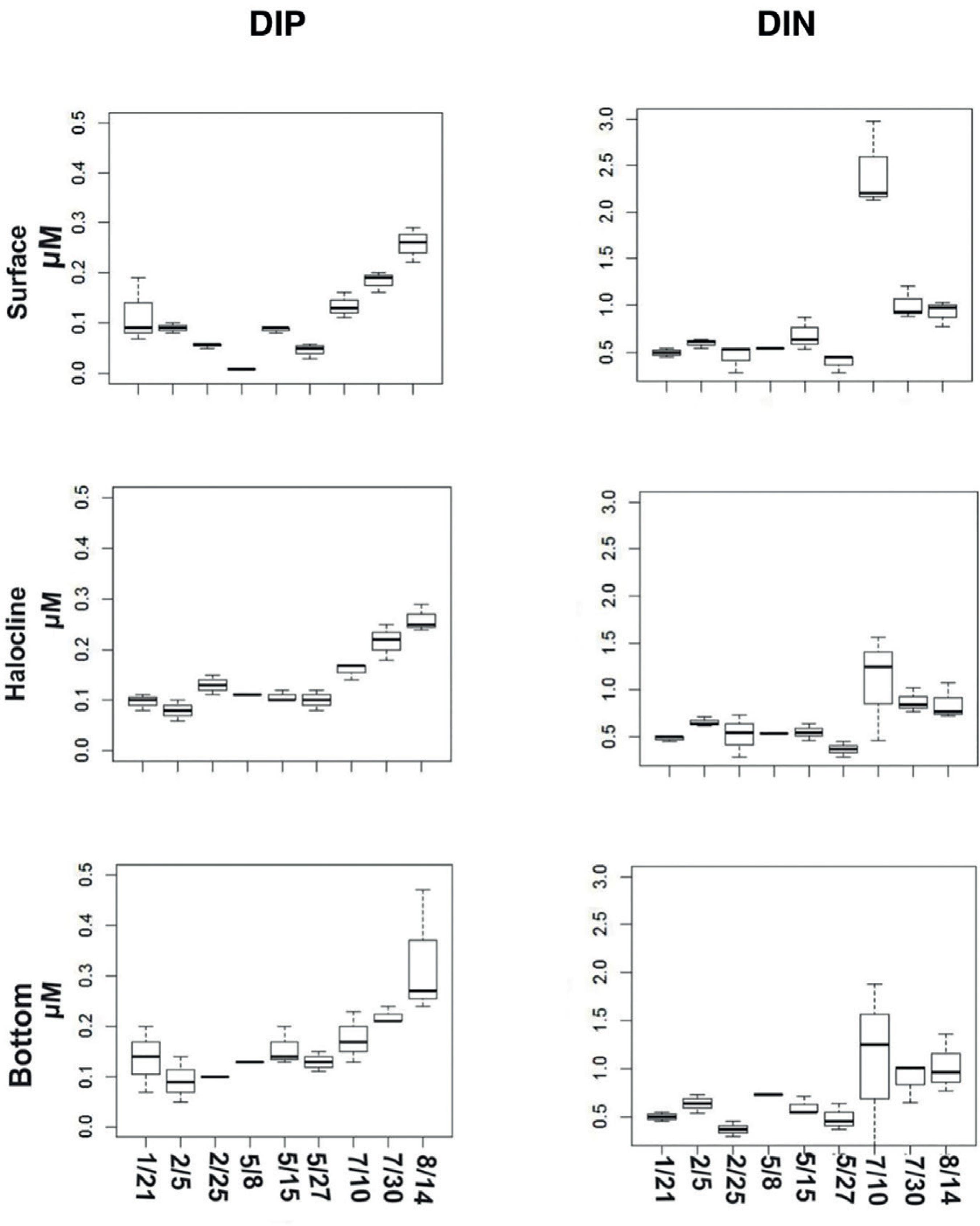RESUMO
A Lagoa da Conceição, localizada no sul do Brasil, é um ecossistema costeiro semifechado que apresenta eventos sazonais de hipoxia e anoxia na região central, caracterizada pela coluna de água estratificada e sítio de retenção e mineralização da matéria orgânica. Este estudo investigou a dinâmica da coluna de água da região central da Lagoa da Conceição (CLC) em relação às variáveis físicas, químicas e biológicas, com o objetivo de entender os eventos de hipoxia e anoxia. As águas de superfície, haloclina e fundo foram avaliadas em três pontos amostrais. As amostras foram coletadas em triplicata durante o verão, outono e inverno de 2014. Eventos de hipoxia e/ou anoxia ocorreram somente nas águas de haloclina (3 m) e fundo (4 m) do verão. Valores próximos a 100% de uso aparente de oxigênio indicaram processos de mineralização nas águas de fundo. O menor valor do índice de estratificação vertical foi observado em agosto (inverno austral), que foi correlacionado com a velocidade (14,7 m.s-1) e direção (quadrante sul) do vento. As concentrações de nutrientes foram maiores no inverno, devido ao aumento dos processos de mistura e remineralização da matéria orgânica. Este foi o primeiro estudo a avaliar a dinâmica dos eventos de hipoxia/anoxia na CLC em relação à distribuição dos nutrientes e estrutura física da coluna de água.
Descritores:
Eutrofização; Estratificação; Zonas mortas; Mineralização

 Nutrient distribution in a shallow subtropical lagoon, south Brazil, subjected to seasonal hypoxic and anoxic events
Nutrient distribution in a shallow subtropical lagoon, south Brazil, subjected to seasonal hypoxic and anoxic events
 Source: ERA-Interim re-analysis.
Source: ERA-Interim re-analysis.
 Source: EPAGRI/SC.
Source: EPAGRI/SC.





